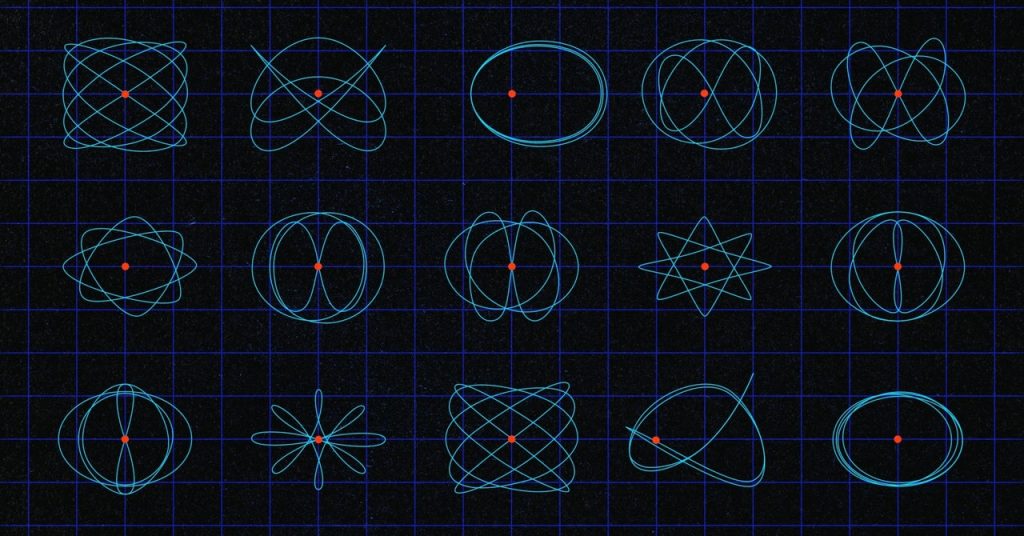Symplectic Geometry: A New Approach to Spacecraft Orbit Design
The Challenge of Understanding Orbits
“I think that was my biggest frustration when I was a student,” said Dayung Koh, an engineer at NASA’s Jet Propulsion Laboratory. “I know these orbits are there, but I don’t know why.”
Designing spacecraft missions to the moons of Jupiter and Saturn is a complex and expensive endeavor. Without a clear understanding of why orbits exist where they do, mission planners are left wondering if there might be more efficient trajectories that could save resources. Koh’s frustration highlights the need for a systematic approach to cataloging and understanding orbit families.
Exploring Orbit Families
After completing her doctorate, Koh became interested in categorizing orbits into families. Some families, like those far from or close to Europa, are more apparent. Others, such as Lyapunov orbits, which balance the gravitational effects of two bodies at an intermediate point, are less obvious. Crossing between orbit families requires varying amounts of energy, and some families may offer advantages like reduced fuel consumption or constant sunlight exposure.

Dayung Koh, an engineer at NASA’s Jet Propulsion Laboratory, is trying to come to a systematic understanding of how orbits in a planetary system relate to one another.
Collaborating with Mathematicians
In 2021, Koh discovered a paper discussing chaotic orbits from the perspective of symplectic geometry, an abstract field of mathematics. Suspecting that this approach could provide the tools needed to better understand orbits, she reached out to mathematicians Cengiz Aydin of Heidelberg University and Otto van Koert of Seoul National University, who had been studying the three-body problem using symplectic geometry.
Developing New Tools for Mission Planners
The team developed several tools to aid mission planners, including the Conley-Zehnder index, which helps determine when two orbits belong to the same family by examining the spiraling behavior of nearby points. Another tool, the Floer number, can indicate the presence of undiscovered orbit families by analyzing the relationships between known families at bifurcation points.
“What we’re doing is providing tools against which engineers test their algorithms,” Moreno said.
These tools are designed to complement existing trajectory-finding techniques, helping engineers understand the connections between orbit families and prompting them to search for new families when necessary.
Bridging the Gap Between Mathematics and Engineering
Moreno presented the work at a conference organized by the Space Flight Mechanics Committee in 2023, and has been in contact with engineers researching space trajectories at JPL and the University of Colorado Boulder. While the applications may not be immediate, as real missions have specific constraints, the collaboration between mathematicians and engineers is an exciting development in the field of trajectory planning.
Looking to the Future: Saturn and Beyond
Although the trajectories for the Europa Clipper mission are largely settled, Moreno is already looking ahead to Saturn. He has presented his research to mission planners at JPL who are planning a spacecraft to explore Saturn’s moon Enceladus. Moreno hopes that symplectic geometry will become a standard tool in the space mission toolkit, enabling more efficient and innovative spacecraft trajectories in the future.

3 Comments
A journey through space guided by the ancient wisdom of math, who knew history held the key to the cosmos?
Who would’ve guessed ancient math would be the unsung hero of space exploration?
Ancient math leading modern spacecraft? The stars were plotting their course long before we started listening!